Creating your own herb and vegetable garden in Andalucia without using insecticides, herbicides or fertilisers.
By Nick Nutter | Updated 30 Sep 2022 | Andalucia | Organic Garden |
Login to add to YOUR Favourites or Read Later
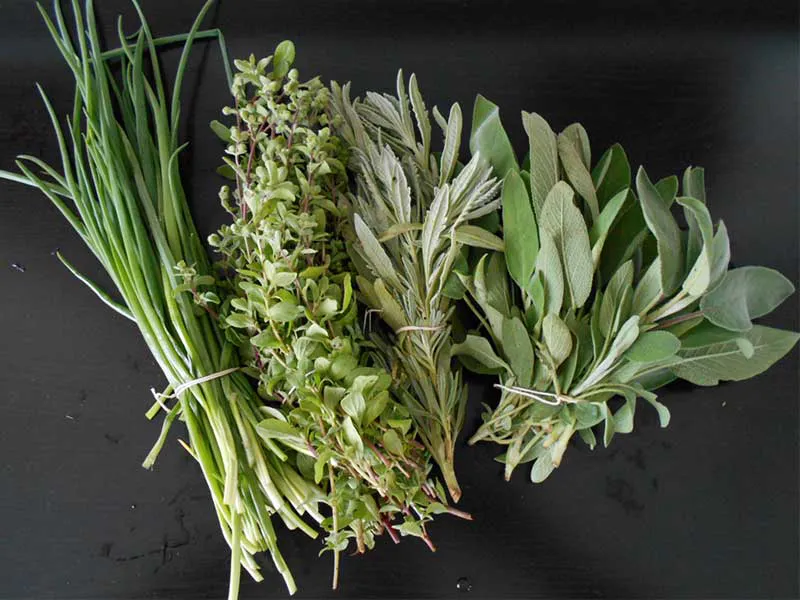
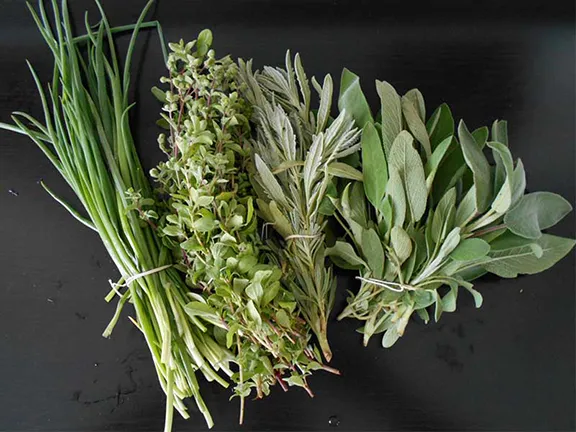
Chives, Marjoram, Tarragon, Sage
Over the next months I will be taking you through a fulfilling project. Creating your own herb and vegetable garden in Andalucia without using insecticides, herbicides or fertilisers.
Gardening in Andalucia can be a challenge. Much of what you know from gardening in the UK has to be forgotten for one reason. Whereas you may get one main crop and a catch crop per year from land in the UK you can expect two main crops plus a catch crop here in Spain. That means unless you regularly re-energise the soil, replace all those minerals and nutrients taken up by your plants, you will soon have barren land that produces feeble, diseased crops. Fortunately, there is a way to do this that does not involve the use of artificial fertilisers.
December is the best month to start preparing the ground
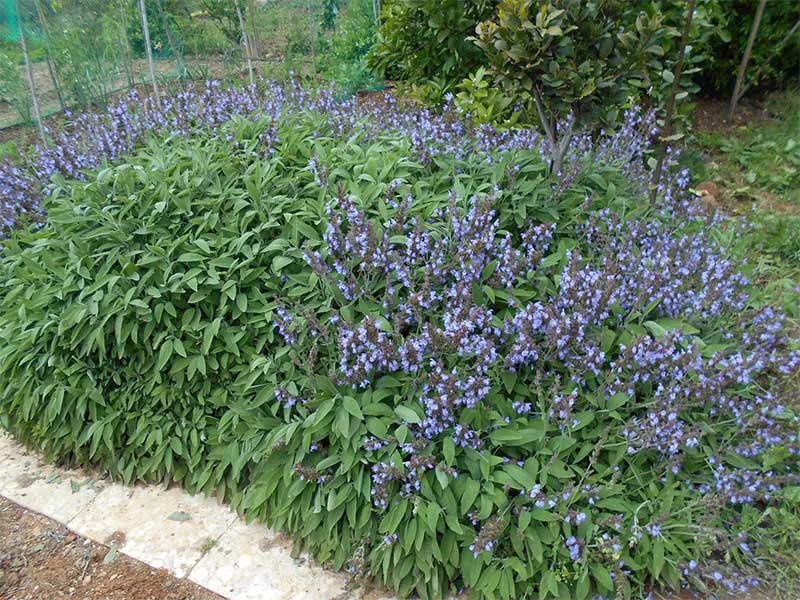
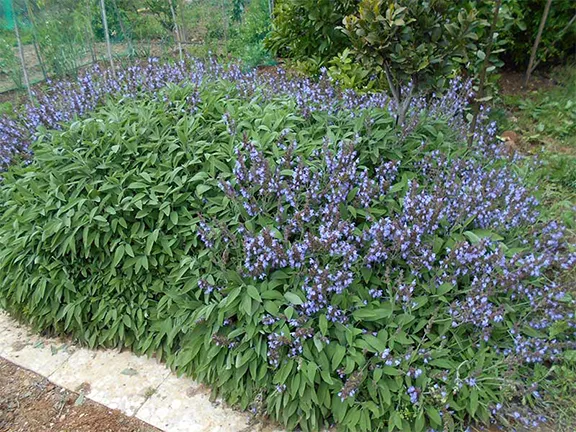
Sage
Compost performs two primary functions. It introduces humus to the soil making it more friable and more efficient at retaining moisture and it re-introduces nutrients taken up by plants. As a bonus, on the clay soils common in Andalucia, it also prevents the formation of the rock hard surface that is impenetrable to fork, spade and more importantly, the delicate roots of seedlings.
You can never have too much compost. Even if you compost all your waste vegetable material from garden and kitchen you will never be able to fully replace all the goodness that was taken out of the soil. You will have eaten much of it. Now I am not advocating using human waste although it does work and was much used in mediaeval times. Far better if you can use animal or poultry manure and, if you live on the coast, seaweed left over winter to have the salt washed out. Waste coffee grounds are a compost ingredient that is freely available here. Coffee boosts the nitrogen content of the compost and acts as a compost accelerator. Get friendly with your local café or venta. Do not have more than about 20% by volume of coffee grounds to other vegetable waste, you can make it too rich.
The compost bin is easy here. I use old pallets, three for back and sides and one as the front door. I use cardboard, old towels, plastic or old carpet to line the vertical sides. That helps retain moisture and restrict light, and I cover the bin with a sheet of black plastic for the same reason. The whole sits on bare earth so that worms can have free access. You will have read about how to build the perfect compost heap. Forget it. Start with some twiggy stuff and then just pile in whatever you have with manure and coffee thrown in. Make sure the heap is damp. Not sodden. You will have to water it during summer. Once you have filled your bin to the top it will take about six months to reduce down to about a third by volume. At this stage you can remove the top few centimetres that will not have fully decomposed to act as a compost bin starter and use the remainder as compost on the garden.
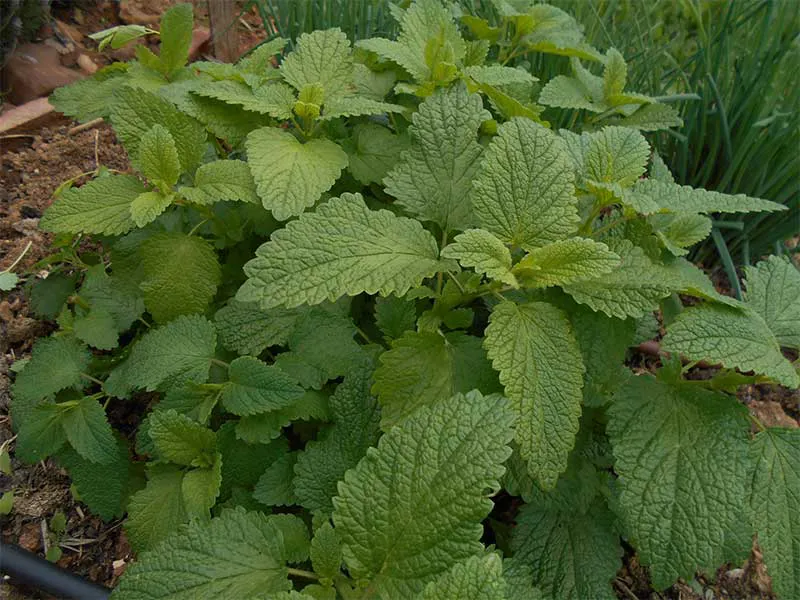
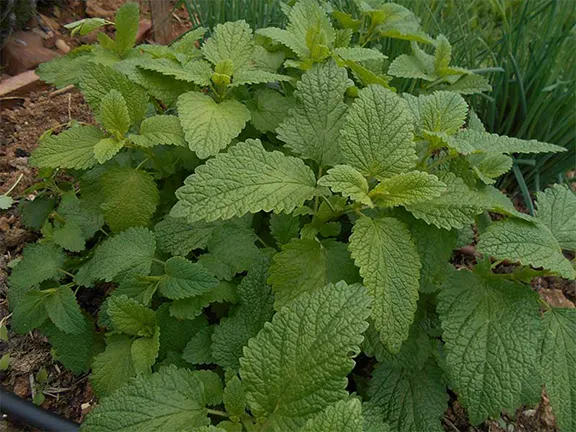
Mint
The majority of weeds are annuals and you will be getting rid of those as you work the ground. There are two perennials that I find a particular nuisance.
Bind weed.
In flower it produces small convolvulus type flowers (like morning glory). Its leaves are dark green, small and ovate. Its stem and roots are white like thin spaghetti. One tiny piece of root left in the ground can produce a mass of bind weed in no time. The roots can survive dry conditions for a couple of years and they can be, in my experience, up to one metre down. One day I was deep digging a patch to rid it of bind weed and a gentleman with an allotment nearby stopped, peered over the edge of my metre plus deep trench, and enquired why I was digging what looked like a grave. You get the idea.
Grass
I am not sure what this type of grass is called. It has small bean sized black seeds with hair thin, sharp appendages. They look dried up and dead until they find a hint of moisture when within hours, they sprout green shoots and the appendages become roots that rapidly colonise the ground throwing up more green shoot as they go. Those seeds can survive years in the dry ground. As with bind weed the only solution is to dig them out.
Needless to say I try to not put those weeds in my compost heap.
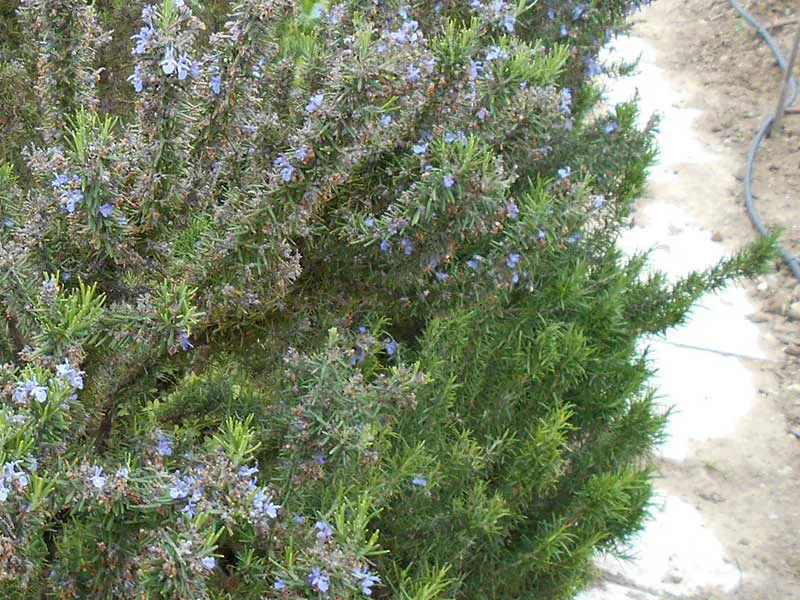
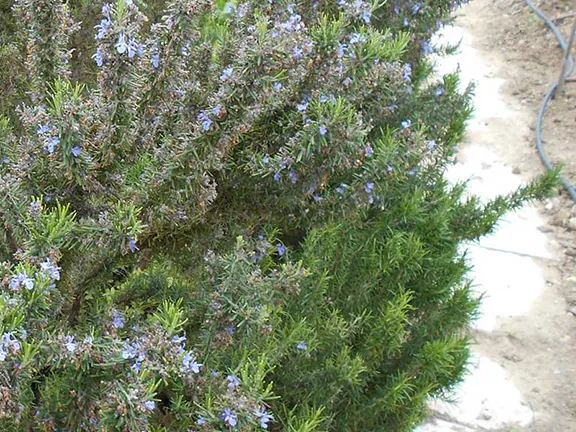
Rosemary